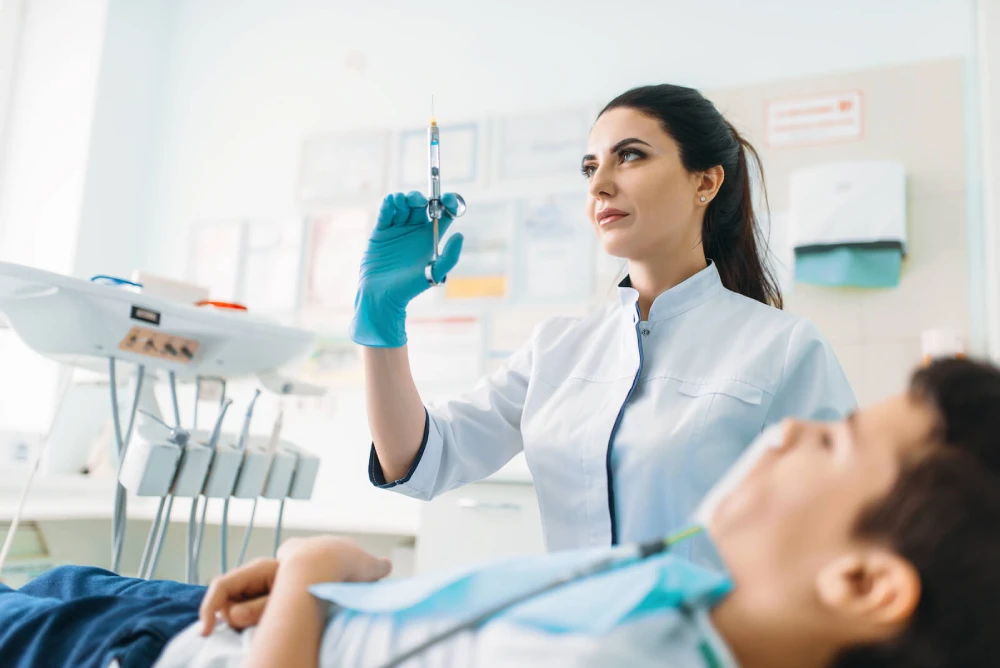What are Spider Veins?
You may have heard about spider veins, which is a mild type of varicose veins. Spider veins are one of the common types of vascular diseases that may affect men and women but it’s more common in women. Spider veins appears commonly on the leg and foot but may also appear on other areas of the body such as the face, chest and arms.
Spider veins are small, thin, malfunctioning veins that vary in color from red, blue, or purple and can be seen just under the surface of the skin. They are called by this name because they are reminiscent of spider webs, as they are branched and ramified.
The walls of these tiny veins expand, which leads to an increase in their size and appearance through the skin significantly in the leg area and around the ankle, and they appear on the surface of the skin and can cover small or large areas.
What Are the Risk Factors of Spider Veins?
- Standing or sitting for long periods
- Having a history of illness in family members
- Overweight and obesity
- Aging
- Not exercising regularly
- Appearance after menopause in women
- Taking contraceptive pills for women
- Hormonal fluctuations
- pregnancy
We know you have some questions and concerns
Why do spider veins occur on limbs?
Spider veins generally occur on the legs due to excessive pressure of the upper body on the legs, which weakens the walls and valves of the veins. Some factors may result in spider veins on the limbs, like the profession of standing and sitting for long periods of time, obesity, or an unhealthy lifestyle.
Can spider veins lead to varicose veins?
Spider veins cannot shift into varicose veins as both spider veins, and varicose veins are two different vascular conditions. Spider veins are superficial veins and may look thread-like and appear on the skin surface. In comparison, varicose veins are enlarged, twisted, and bulgy veins that look purplish in color. The causes and characteristics of both the conditions are similar and closely interconnected to each other. This often leads to confusion among people in understanding both the conditions.
What is the Difference Between Spider Veins and Varicose Veins?
Varicose veins and spider veins have a lot in common, but the main difference is in appearance. Varicose veins are prominent and swollen and may twist and rotate under the skin. Rather, spider veins are smaller and shallower blood vessels. In addition, varicose veins can be very painful, while spider veins usually do not hurt.
Are Spider Veins Painful?
On average, only 20% of the people who have spider veins report any pain or symptoms associated with them. In those cases, people have reported aching, burning, itching, leg heaviness, or restless leg syndrome. These symptoms often correlate to hormonal cycles as women often report symptoms around the time of their menstrual cycle. If you have any pain, swelling, or other leg symptoms associated with your spider veins, you should get tested for underlying venous diseases.
Can spider veins disappear on their own?
No. There are very rare cases that spider veins can heal on their own. However, spider veins normally get dilated and can not go back to normal functioning once begun. Spider veins require proper medical attention. If you are suffering from spider veins, visit an experienced vascular specialist to discuss the condition for appropriate treatment methods to get permanent relief. The doctor will diagnose the condition to check the severity and will advise you with the best-suited technique to cure the spider veins.
It may also be necessary to have non-surgical tests to check the veins in your legs. An ultrasound (Doppler) will show blood flow in the leg veins. After reviewing all the information, your doctor can tell you whether treatment for spider veins is right for you and what is the most effective treatment to be used. Sometimes, more than one type of treatment is recommended to give you the best results and reduce the potential side effects. If treatment is recommended, be sure to ask if insurance will cover it or you can visit the Insurance Contracts page to see if there is insurance coverage for your condition.
Are spider veins treatments painful?
No. With the help of the latest and advanced medical technology, surgery for spider veins has become painless. In comparison, the conventional treatments for spider veins can be quite painful and discomforting. Whereas the modern procedure is non-invasive and performed under anesthesia, the surgery to cure spider veins is absolutely painless.
The treatment options include:
- Sclerotherapy for Spider Veins
- Endovenous Laser Ablation (EVLA) Therapy for Spider Veins
What Spider Vein Removal Treatments Are Available?
Sclerotherapy
This quick, painless treatment eliminates spider veins without scarring. During a sclerotherapy session, a solution is injected into the abnormal vein, which causes the vein to close off the blood flow. Once the blood flow is closed off, the vein collapses and is absorbed by the body. Sclerotherapy is a virtually painless, in-office treatment that won’t interfere with your normal activities.
Nd-YAG Laser Therapy
Our favorite laser therapy method uses the Cutera Xeo Nd Yag Surface Laser . This non-invasive technology uses long-wavelength light energy to eliminate small spider veins. Xeo emits light energy pulses that cause the blood in the vein to coagulate, which destroys the vein. The body absorbs the vein, and the blood redirects through other healthy veins. Laser therapy can remove spider veins from the face or legs without leaving bruises. It is the perfect option for you if you don’t like injections and are looking for a virtually painless, in-office treatment.
CLACS (Cryo Laser and Cryo Sclerotherapy)
The latest technology for treating spider veins with feeders where a combination of injections sclerotherapy with Nd YAG laser is used with the aid of Infrared Visualization of feeder veins provides superb results. Ask our experts if that technique is suitable for you.


